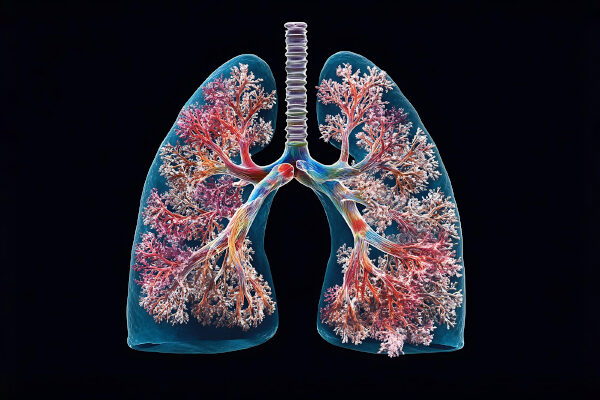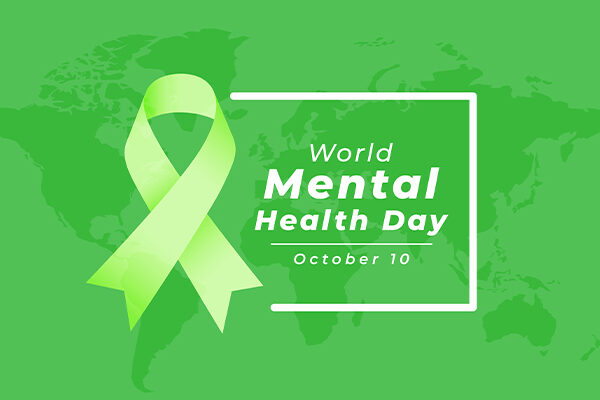Last Updated on November 3, 2025
In ancient times, what we now call a panic attack was often seen as the work of unseen forces. The term “panic” itself comes from the Greek god Pan, whose sudden appearances were said to cause overwhelming fear in travelers crossing lonely valleys. While mythology offered mystical explanations, modern science tells a different story, one rooted in brain chemistry, the nervous system, and the emotional demands of modern life.
Fast-forward to today, panic no longer hides in dark forests but often within our own minds. Millions of people experience sudden waves of intense fear, rapid heartbeat, and shortness of breath; all hallmarks of panic disorder. Yet many dismiss these experiences as “just stress” or “overthinking.”
Recognizing them for what they truly are is the first step toward understanding. That’s where a panic disorder test can help, not as a diagnosis, but as a reflection that highlights whether your experiences align with the symptoms of panic disorder.
Understanding Panic Disorder: When Fear Takes Over
Panic disorder is more than feeling anxious before a big event. It’s marked by repeated and unexpected panic attacks, sudden bursts of fear that peak within minutes and leave individuals feeling shaken and drained.
While one panic attack can happen to anyone, frequent episodes or constant fear of another may indicate panic disorder. This ongoing anticipatory anxiety, the fear of fear itself, is what separates the condition from occasional panic.
A panic disorder test helps determine if your symptoms follow this pattern, guiding you toward the right next steps, such as speaking with a healthcare or mental health professional.
Why Self-Awareness Matters
Taking a panic disorder test isn’t about labeling yourself; it’s about self-awareness. Many people spend years struggling with unexplained symptoms; chest pain, dizziness, or headaches, only to later discover anxiety as the root cause. A simple self-assessment can help bring clarity and prompt earlier intervention.
Experts recommend using a panic disorder test as a first step, a way to start the conversation, not to conclude it.
Panic Disorder Self-Assessment Test
This short self-assessment can help you reflect on your experiences and identify whether your symptoms may be consistent with panic disorder.
(Note: This is not a diagnostic tool. It’s designed to guide self-awareness and help you decide if speaking with a mental health professional might be beneficial.)
Take Quiz
Recognizing the Signs and Symptoms
The symptoms of panic disorder often overlap with medical conditions, making diagnosis tricky. Yet, certain signs consistently appear among those with the condition.
Physical symptoms:
- Rapid heartbeat or palpitations
- Shortness of breath or hyperventilation
- Chest tightness
- Sweating, chills, or hot flashes
- Dizziness or tingling in hands and feet
- Nausea or abdominal discomfort
Psychological symptoms:
- Sudden fear of losing control or “going crazy”
- Feeling detached from reality (derealization)
- Fear of dying or of impending danger
- Intense dread without a clear cause
The unpredictability of panic attacks often leads to avoidance behaviors, steering clear of crowded or open spaces, public transport, or social settings. Over time, these behaviors can impact work, relationships, and overall well-being.
A panic disorder test helps identify these recurring symptoms, showing that what feels uncontrollable may actually be part of a treatable condition.
Challenges in Managing Panic Disorder
Even with treatment, panic disorder can be unpredictable. Stressful events may trigger relapse, or stigma may discourage people from seeking help. Others might depend solely on self-help tools without professional oversight.
Regularly revisiting a panic disorder test can help track progress and highlight patterns, empowering individuals to notice improvement and address setbacks early.
Differentiating panic disorders from related conditions like generalized anxiety or social anxiety can also be complex. Here again, the panic disorder test plays a role by helping clinicians narrow down symptoms and personalize care.
The Importance of Seeking Help
There’s a saying: “Fear is not the enemy; avoidance is.” Seeking professional help doesn’t reflect weakness; it reflects strength.
If panic attacks are frequent, unpredictable, or disrupt your daily life, start by sharing your symptoms with a healthcare professional. They can review your panic disorder test results, conduct further assessments, and recommend a personalized treatment plan.
Trusted organizations like the Anxiety and Depression Association of America (ADAA), National Institute of Mental Health (NIMH), and American Psychological Association (APA) also provide resources and support networks for those living with panic disorder.
Taking the First Step
Fear is an essential part of human survival — it keeps us alert and aware. But when fear arises without danger, it becomes paralyzing. Awareness transforms that fear into understanding.
A panic disorder test is not merely a checklist — it’s a doorway to clarity. It helps you interpret your body’s signals and decide if it’s time to seek professional help. Early recognition can prevent years of distress and open the path to treatment, control, and confidence.
Remember — panic disorder doesn’t define you. Understanding it is the first step toward reclaiming calm, restoring balance, and living with renewed strength.




